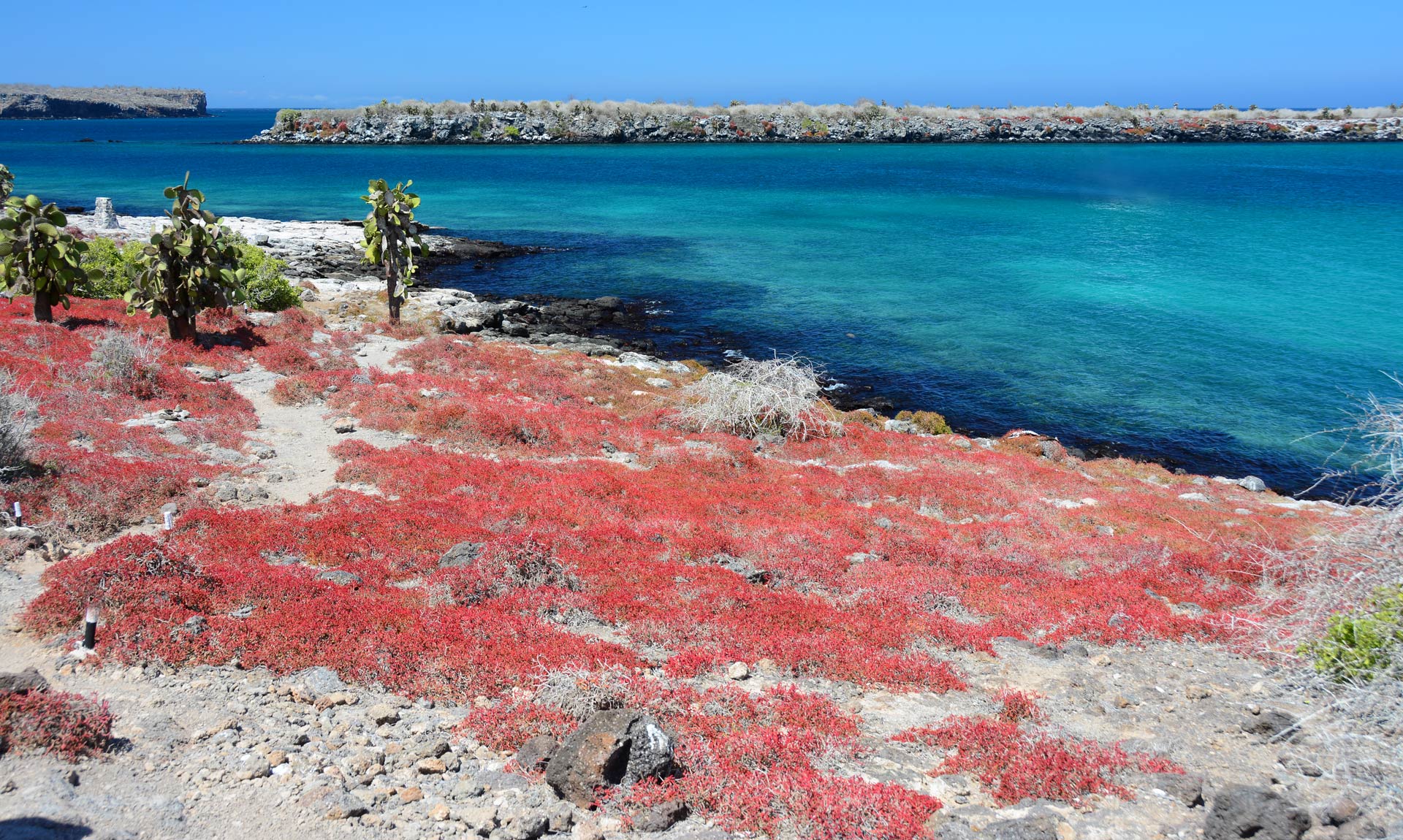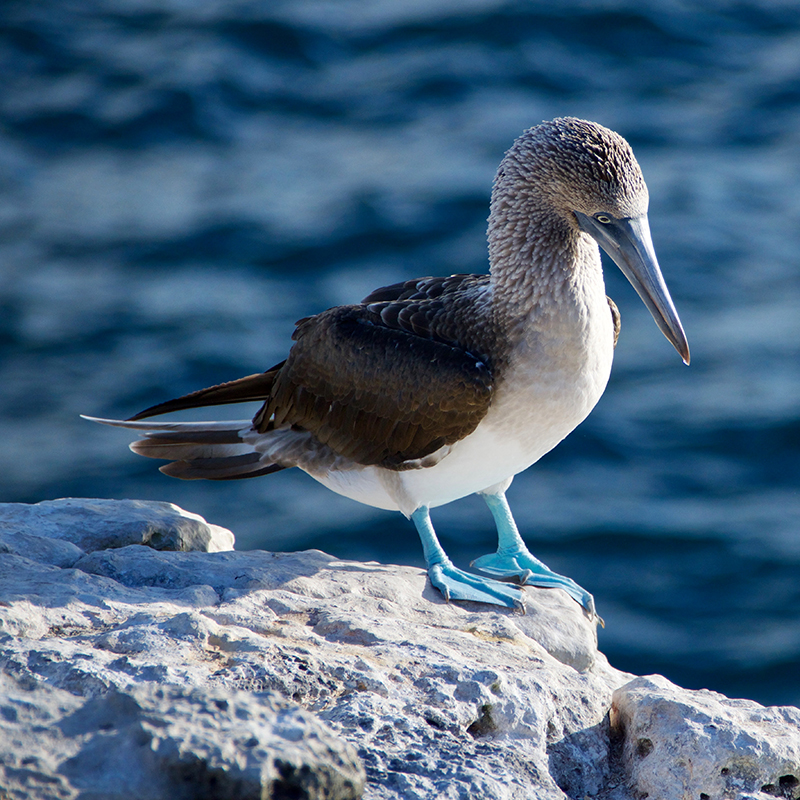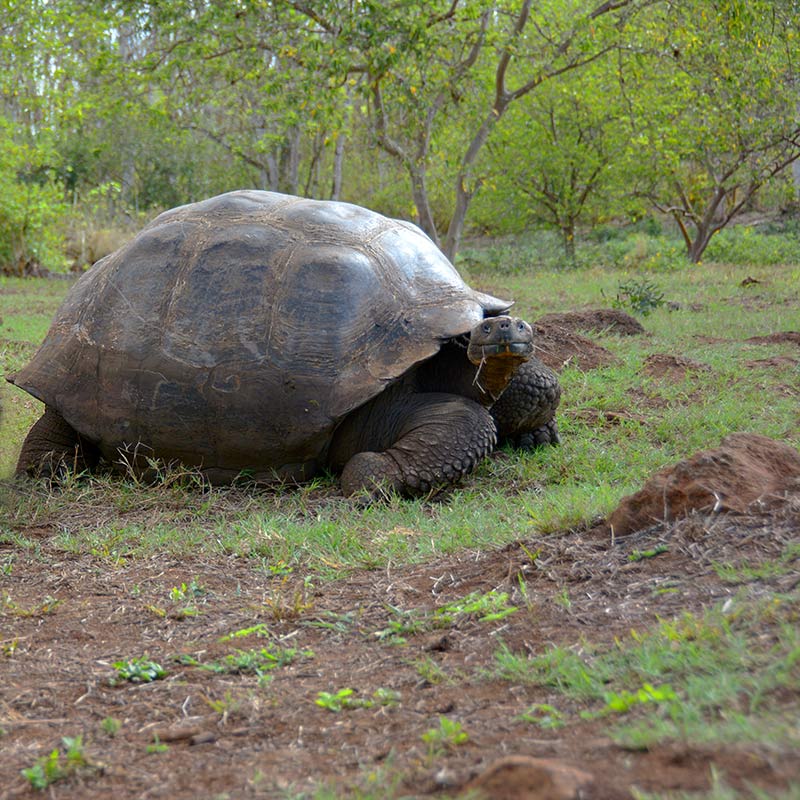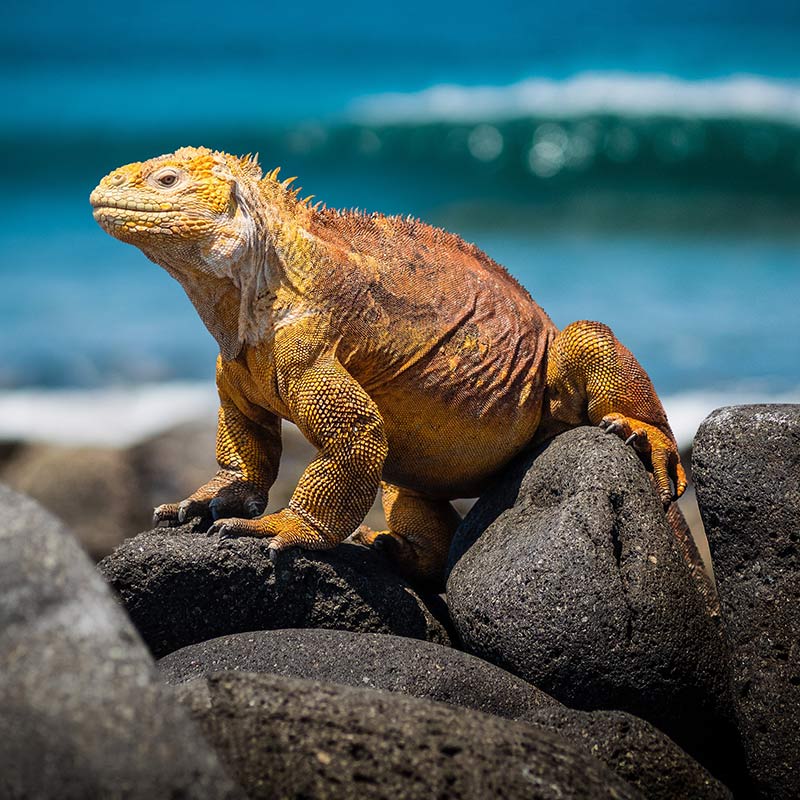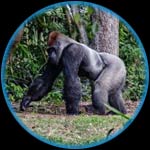SQUARE MILES
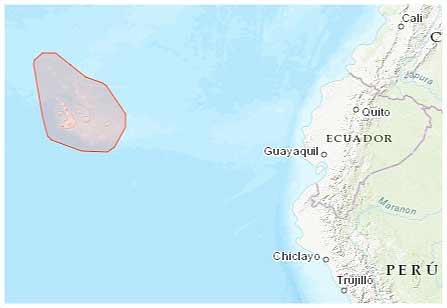
 A VOLCANIC ARCHIPELAGO ABOUT 620 MILES OFF THE COAST OF ECUADOR, ITS ISLAND AREAS AND MARINE RESERVE COMBINED ARE ABOUT THE SIZE OF NORTH CAROLINA
A VOLCANIC ARCHIPELAGO ABOUT 620 MILES OFF THE COAST OF ECUADOR, ITS ISLAND AREAS AND MARINE RESERVE COMBINED ARE ABOUT THE SIZE OF NORTH CAROLINA
 STRONGHOLDS FOR: THE DENSEST AMOUNT OF LIVING MARINE LIFE IN THE WORLD, IT IS HOME TO NUMEROUS ENDEMIC SPECIES INCLUDING THE PINK IGUANA, WHICH IS LISTED AS CRITICALLY ENDANGERED ON THE IUCN RED LIST
STRONGHOLDS FOR: THE DENSEST AMOUNT OF LIVING MARINE LIFE IN THE WORLD, IT IS HOME TO NUMEROUS ENDEMIC SPECIES INCLUDING THE PINK IGUANA, WHICH IS LISTED AS CRITICALLY ENDANGERED ON THE IUCN RED LIST
 IT BECAME ECUADOR’S FIRST NATIONAL PARK IN 1930, AND WAS LISTED AS A UNESCO WORLD HERITAGE SITE IN 1999
IT BECAME ECUADOR’S FIRST NATIONAL PARK IN 1930, AND WAS LISTED AS A UNESCO WORLD HERITAGE SITE IN 1999
GALÁPAGOS FACTS

Galápagos National Park is also known as the Galápagos Conservancy. It is a volcanic archipelago about 620 miles off the west coast of Ecuador. It consists of 13 major islands and 7 smaller islands. Some of the Galápagos Islands are above the equator and some are below the equator. Since its inception in 1930, 97 percent of the islands were protected. However, until recently, less than one percent of the surrounding marine areas were protected. In 1986, the Galápagos Marine Reserve was created, offering protection to approximately one third of the water around the islands.
Galápagos Marine Reserve consists of an area of 51,000 square miles and contains the greatest population of sharks on Earth. Shark species include the Hammerhead Shark and Reef Shark. It is also rich with Moray Eels, Snappers, Sea Lions, Sea Cucumbers, Sea Turtles, Galápagos Green Turtles, Flamingos, Cormorants, Seahorses and many others. According to a 2016 study, the amount of living marine life in the Reserve measures 17.5 tons for every 2.5 acres. This is twice as dense as the second highest known area – the Cocos Island National Park in Costa Rica.
The Galápagos Islands have numerous active volcanos. Over the last 60 years, there have been 24 volcanic eruptions, which have cause concern regarding the safety of some of the island’s habitants.
GALÁPAGOS UNIQUE FEATURES
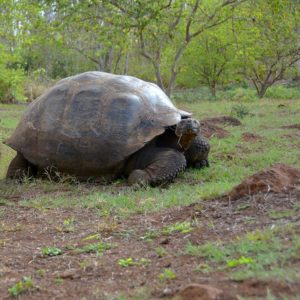
Large Population of Endemic Species
The islands are known for their large population of ‘endemic’ species, meaning that they are found only in the islands. Charles Darwin studied these species during his second voyage aboard the HMS Beagle. His observations there were the foundation of his theory of evolution by natural selection. Darwin’s work contributed to the exposure of the Galápagos Islands as a natural wonder. As a result, Darwin Island, the Darwin Research Station, Darwin Volcano, the Darwin Finch and Darwin Bay are named for him.
Galápagos Green Turtles
One of the species most commonly associated with the Galápagos is its Green Turtle, a subspecies of the Sea Turtle. The Galápagos Green Turtle is highly migratory, traveling hundreds, and sometimes thousands, of miles. Remarkably, females will always return to the same nesting beach to give birth. Other notable species include the Galápagos Penguin, the only living tropical penguin, and the Waved Albatross, the only living tropical albatross. In addition to these, 20 percent of the marine population is endemic. Other endemic species include four species of Galápagos Mockingbird and the Pink Iguana, which is listed as Critically Endangered on the International Union for the Conservation of Nature (IUCN) Red List.
GALÁPAGOS THREATS
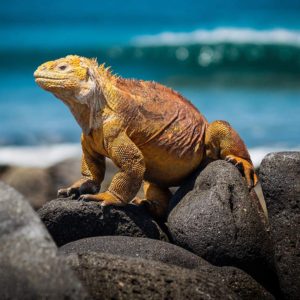
The Galápagos Islands face a number of environmental threats. One is from plants and animals that have been accidentally or intentionally introduced into its ecosystem. These include feral goats, cats and cattle that reproduce quickly and have no natural predators on the islands. These alien species have nearly wiped out the habitats of native species. Many of these species were introduced by pirates, including the goats, which were part of the pirate’s diet.
Another threat to the environment is illegal fishing. Sharks, and other marine wildlife, including Sea Cucumbers, an expensive ingredient used in Asian delicacies, are illegally captured. Shark fins are believed to contain medicinal properties and fetch a high price on the Asian black market.
Pollution and development pose additional threats. In 2001, the tanker MV Jessica ran aground and immediately began spilling diesel and fuel oil, on its way to supply fuel to the tourist vessel Galápagos Explorer. As a result, over 175,000 gallons of fuel spilled into the sea, greatly reducing the population of Sea Lions, Brown Pelicans, Blue-Footed Boobies and Iguanas.
Tourism to the Galápagos is their biggest business. It supports approximately one third of all jobs, bringing in approximately $178 million per year. If not more carefully regulated, the growth of the tourism industry will continue to threaten the wildlife of Galápagos Islands.


